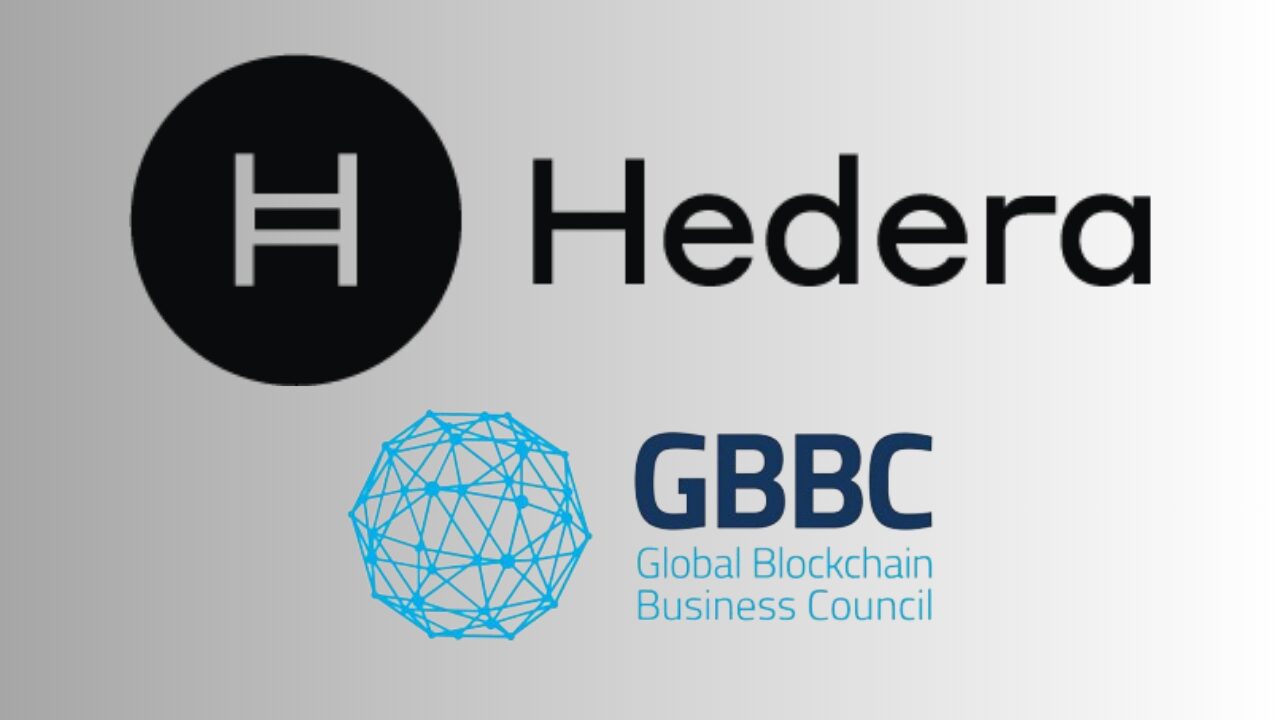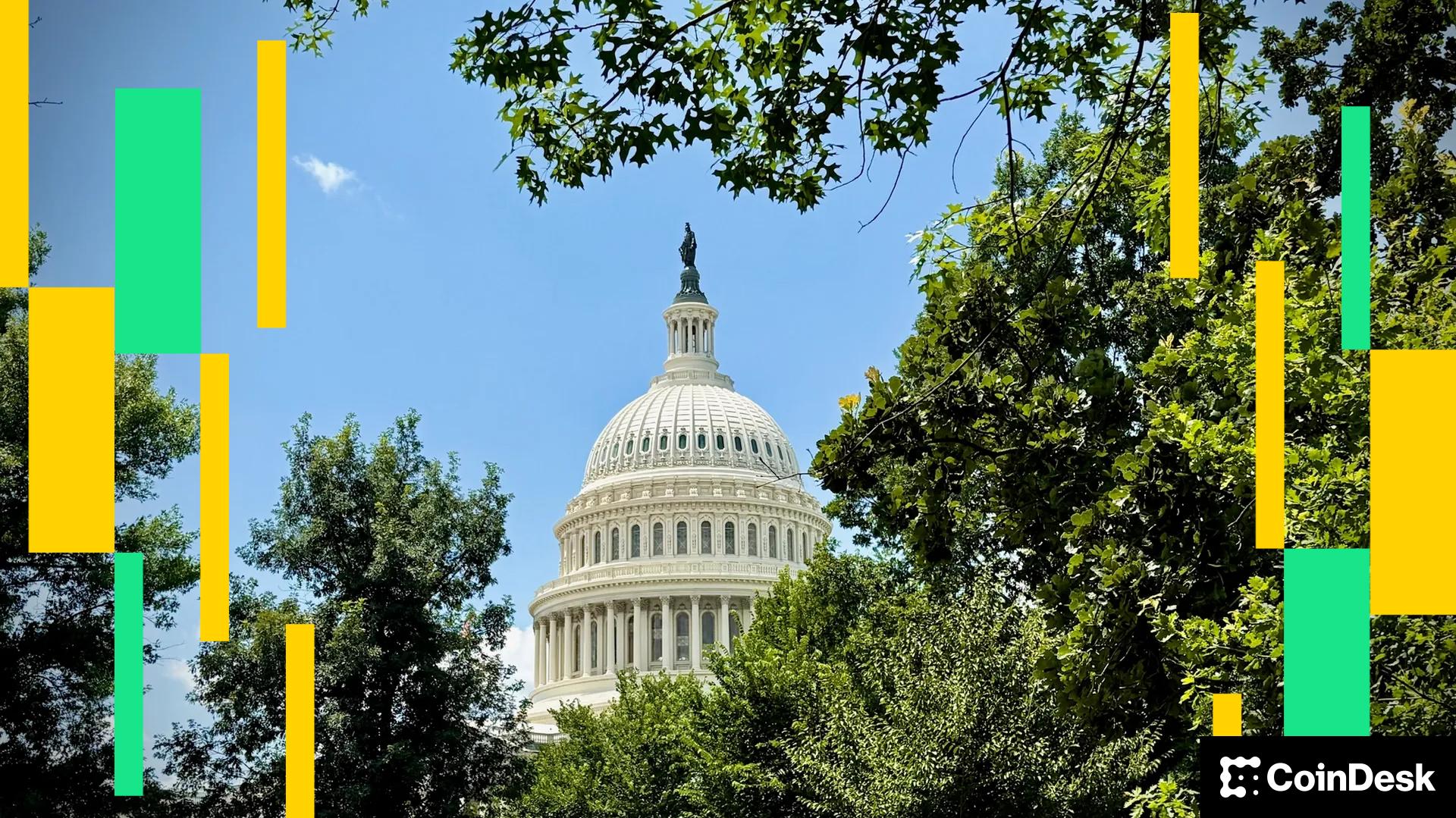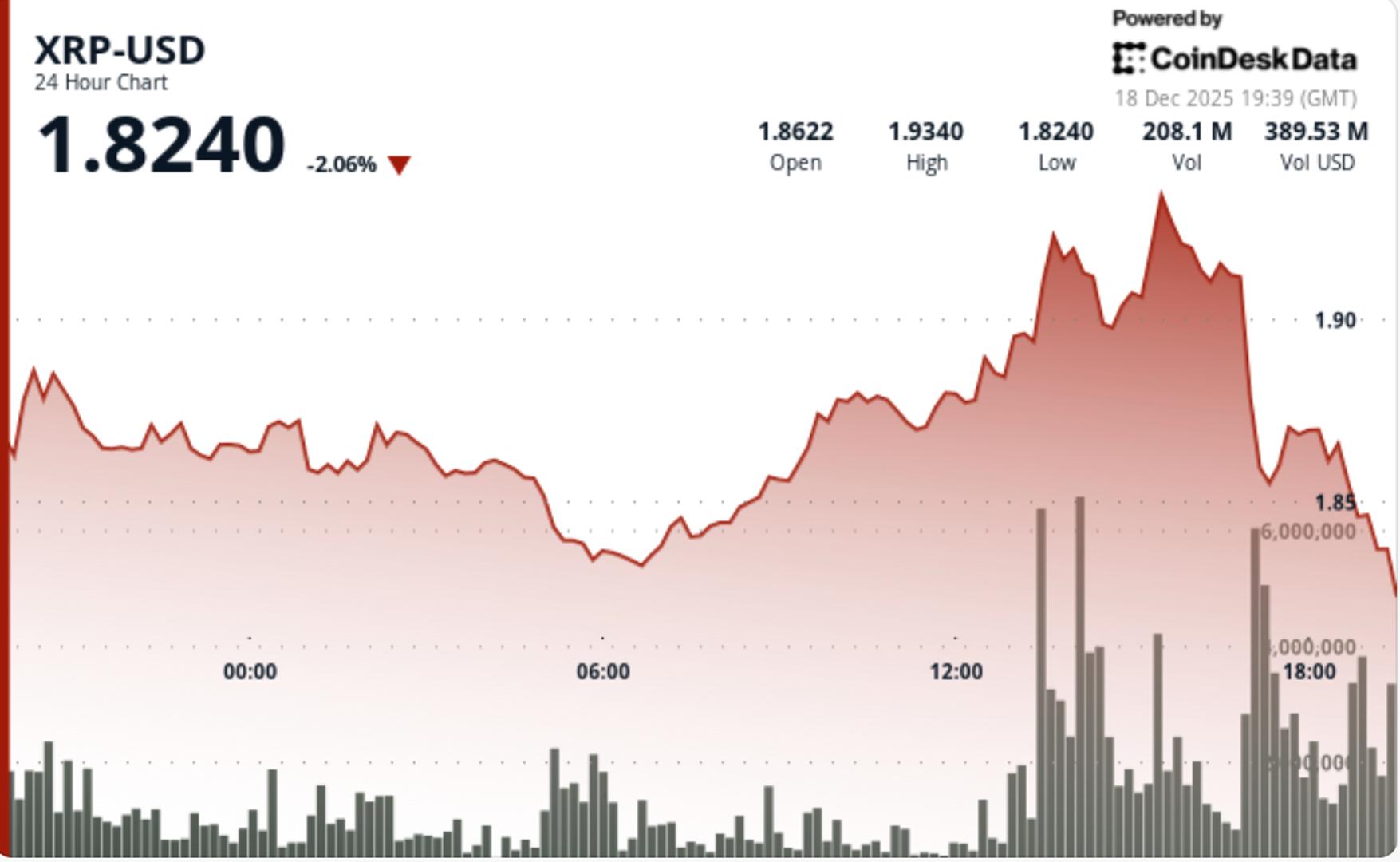Why Did Swift Pick Linea Over Institutional Cryptos? AllinCrypto October 14, 2025
Swift, known as the backbone of the global banking system, will be utilizing Linea, an Ethereum Layer 2 network, to help power its distributed ledger payment system.
The choice has sparked debate across top crypto networks and enterprise-ready blockchains like Hedera (HBAR), XRP Ledger (XRPL), and Stellar (XLM), which may all be ideal candidates over Ethereum L2s.
Swift’s decision, supported by Joseph Lubin, CEO of ConsenSys, reflects a strategic alignment with priorities such as interoperability, developer accessibility, and possible future-proofing through Ethereum.
The Appeal of Ethereum’s Linea for Swift
One of the biggest reasons SWIFT may have chosen Linea is the network’s connection to Ethereum, an altcoin network familiar to traditional investors thanks to ETFs and BlackRock’s backing.

As an Ethereum Layer 2 network developed by ConsenSys, Linea benefits from Ethereum’s global developer community and accessibility.
For Swift, connecting 1,000s of financial institutions across 200+ countries, utilizing a network that’s compatible with the Ethereum Virtual Machine (EVM) will naturally offer a long-term advantage that other networks would be unable to offer.
- Read More: ISO 20022 and the Future of Blockchain Payments
Using Linea also means Swift’s infrastructure can easily integrate with a wide range of tokenized assets and stablecoins that are already developed on Ethereum-compatible networks with native issuance on ETH.

Linea gives Swift access to a massive interoperability layer that bridges financial institutions with a decentralized finance ecosystem that is becoming increasingly intertwined with TradFi. Swift, with Linea, can do these integrations without requiring the need to abandon regulatory frameworks they currently operate within.
Why Not Hedera, XRP, or Stellar?
Networks like Hedera, XRP, and Stellar appear to be very much tailor-made for Swift’s needs to the point that Swift’s decisions to use Chainlink and Linea instead of Chainlink and a different enterprise-ready network seem deliberate and opinionated.
In case you missed it, @ethereumJoseph confirmed SWIFT x Linea (there was a lot of FUD that it was only with Consensys, not Linea)
On top of that, he also confirmed that the NASDAQ and SEC are using Consensys Ethereum technology (which we now know directly means Linea) to… https://t.co/IyncvgMeJq pic.twitter.com/MsFNThUj1K
— shaams (@shaamszn_) October 3, 2025
Enterprise-grade networks offer fast, low-cost, and energy-efficient transactions, qualities for cross-border settlements with many institutions at Sibos 2025 proclaiming how useful enterprise-ready networks like HBAR are.
It seems Swift’s priorities extend beyond speed and cost and may also center on flexibility, compatibility, and already established connections with the Etheruem ecosystem.

Joseph Lubin, CEO of ConsenSys, which is behind the Metamask web3 wallet and Linea, has been working with Swift to create their new DLT network for some time. Linea settles neatly within the wider Ethereum ecosystem of L2s alongside Polygon and Arbitrum.
With ConsenSys at the helm, it would make sense that Swift would automatically consider using Ethereum, but due to ETH’s scalability issues, speed, and high gas fees, deciding on an L2 would be the next step. This L2 happened to be Linea from ConsenSys itself.
Hedera Hashgraph, while efficient and enterprise-friendly, operates on a public-permissioned model governed by chosen council members.
From Linea:
Linea leverages Consensys’ decade long experience understanding and supporting sophisticated financial instituions like Mastercard, Visa, JP Morgan, and multiple sovereign banks.
For Swift, which must coordinate across thousands of institutions, this governance structure could cause issues with clashing ideas between firms or Swift seeking a more neutral network with decentralization at the governance level.
The XRP Ledger (XRPL) has proven settlement capabilities and has deep roots in cross-border finance with banks and institutions like SBI Holdings and Spanish bank BBVA.
It’s been known that XRPL lacks the typical native smart contract functionality that ETH already has. EVM compatibility could be a must. Compared to ETH L2s, the XRPL could bring about restrictions when it comes to flexibility for programmable financial workflows.
Stellar (XLM), despite its strengths in remittances and microtransactions, focuses primarily on retail-scale payments and humanitarian use cases rather than large-scale institutional interoperability.

XLM’s simplicity, while an asset in certain finanical contexts, could be seen as a limitation for Swift’s ambition to make a large-scale, programmable settlement layer for global finance with Chainlink.
Building a Future-Proof DLT Network with Linea
Swift’s choice of Linea suggests it is prioritizing developer accessibility, composability, and future-proofing from a safe distance.
By choosing an Ethereum L2, Swift is able to ensure that its new DLT network can interact with tokenized bonds, central bank digital currencies, and DeFi protocols, all within an ecosystem that is dominating institutional experimentation.
Swift’s decision to build with Linea doesn’t necessarily signal a rejection of networks like Hedera, XRP, or Stellar but presents a strategic decision to build within the largest, most interoperable blockchain environments available right now.
While those other networks remain vital players in enterprise finance, Ethereum’s reach and developer dominance give Swift the versatility it may need. Despite this, there’s no saying that Swift could implement other networks in the future as various options and network improvements.
The post Why Did Swift Pick Linea Over Institutional Cryptos? first appeared on AllinCrypto.






